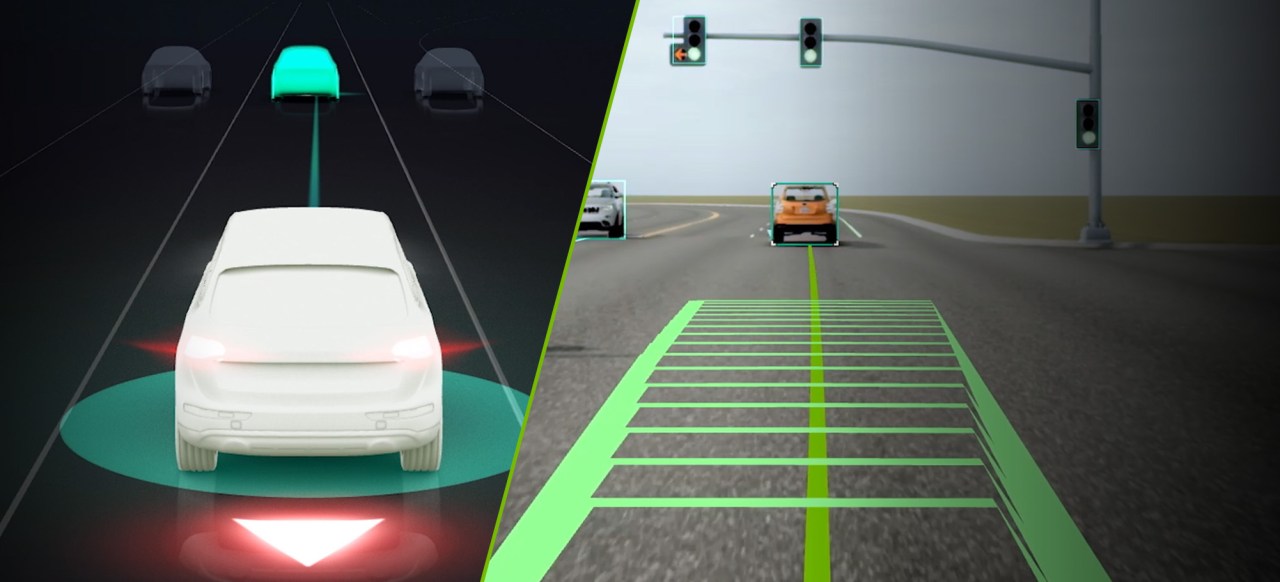As the race towards fully autonomous vehicles heats up, the landscape of self-driving technology has become a hotbed of innovation—and, inevitably, conflict. One such clash erupted recently between two giants in the automotive tech sphere, Mobileye and Nvidia. In a rather spirited exchange, Mobileye’s CEO, Amnon Shashua, publicly called out Nvidia for allegedly pilfering ideas from Mobileye’s safety framework for self-driving cars. It appears that in the world of advanced automotive technology, imitation of innovation is a bitter pill to swallow.
A Closer Look at the Controversy
The spark of this conflict was ignited when Nvidia introduced its new safety concept, dubbed the “Safety Force Field” (SFF). Shashua, with his characteristic flair, responded via a blog post titled “Innovation Requires Originality”, where he threw down the gauntlet, drawing parallels between SFF and Mobileye’s own “Responsibility Sensitive Safety” (RSS) paper from 2017. This clash ignites conversations surrounding originality versus imitation in a space where technology is rapidly evolving.
Identical Concepts and Terminology
What makes this dispute particularly intriguing is the sheer overlap between the two concepts. Shashua pointed out that both frameworks feature striking similarities in foundational principles. Both systems rely on calculating safe distances around vehicles, which prompts them to adjust their maneuvers based on various external factors.
- Dangerous Situations vs. Unsafe Situations: Mobileye’s terminology vs. Nvidia’s modified terms leads to the same implications.
- Proper Response vs. Safety Procedure: The mechanics may differ linguistically, but the intentions remain alarmingly aligned.
- Danger Threshold vs. Critical Moment: Shashua highlighted that even the critical moments in triggering responses mirror each other closely.
The overlap doesn’t end there. Shashua presented extensive documentation illustrating a multitude of instances where Nvidia’s offerings bear a resemblance to Mobileye’s previous work. These insights reveal the nuanced ways in which one company’s innovation can sometimes eerily reflect another’s research direction.
The Grays of Collective Innovation
It’s critical to consider the dynamics of innovation in any field, particularly in tech. Collaboration has often yielded remarkable results, leading to improvements in existing technologies. Just as car makers do not brand each other for building similar vehicle frames, both Mobileye and Nvidia occupy a shared space where ideas inevitably intersect. However, by not recognizing the source of inspiration, Nvidia might complexify their reputation within the tech community.
The nature of innovation in sectors like AI and autonomous vehicles often leads to a gray area. Patenting theoretical frameworks can be tricky and wouldn’t necessarily protect broader concepts. Instead, a more amiable approach involves openly acknowledging sources and fostering collaborative improvements. Imagine what strides could be made in autonomous driving if companies chose collaboration over competition!
The Broader Implications
Ultimately, this dispute raises an essential question about credibility in the tech industry. By failing to acknowledge Mobileye, Nvidia risks appearing less credible in both talent attraction and in initiatives that rely heavily on ethical tech development. Such situations can create ripples that may affect public perception and relationships with prospective partners.
Conclusion: Navigating a Future of Collaboration
The Mobileye vs. Nvidia saga is a reminder of the fine line between inspiration and imitation. As the autonomous vehicle landscape continues to evolve, industry players must navigate these waters carefully. Innovation isn’t just about creating something new; it’s also about acknowledging where the ideas originated from. The future of autonomous driving technology may depend on how well rival companies learn to collaborate while still striving for originality.
At fxis.ai, we believe that such advancements are crucial for the future of AI, as they enable more comprehensive and effective solutions. Our team is continually exploring new methodologies to push the envelope in artificial intelligence, ensuring that our clients benefit from the latest technological innovations. For more insights, updates, or to collaborate on AI development projects, stay connected with fxis.ai.

